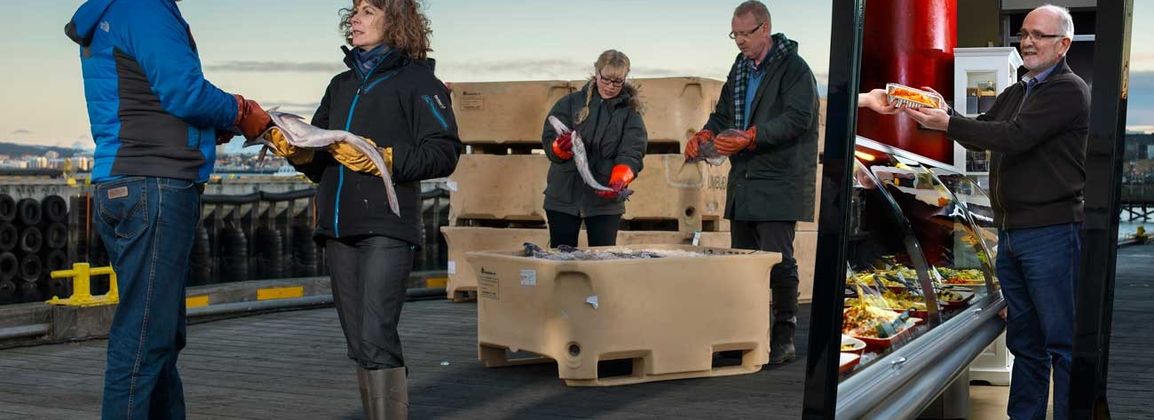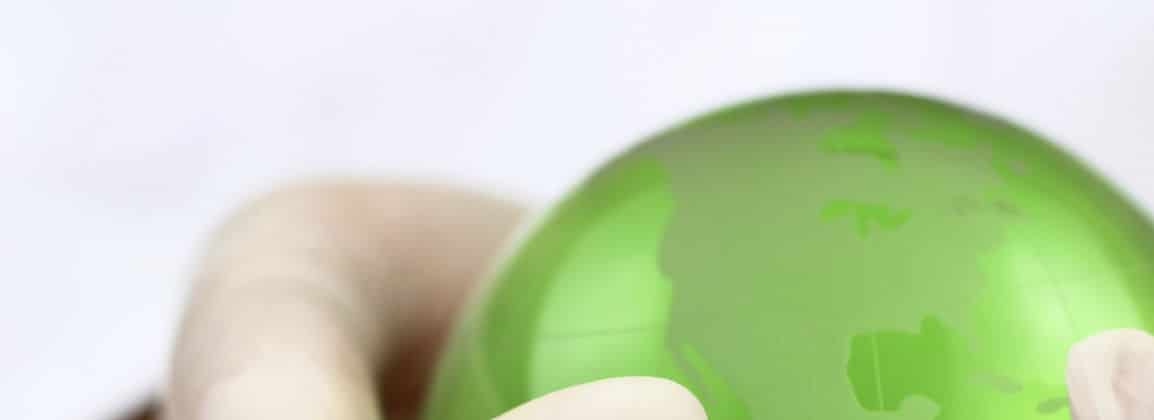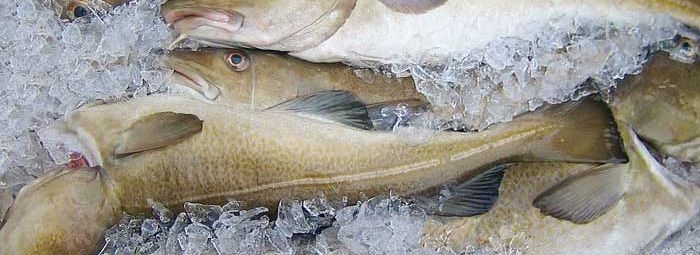Now there's a song. Certainly there are opportunities in unexplored materials that may be economical to isolate from different sources of Icelandic food processing. Making value out of opportunities requires patience, as, for example, Zymetech's relatives have tamed. It is appropriate to focus on further progress in daily activities.
Icelanders are more likely to assert themselves in food production based on quality than on quantity. All the fisheries management that has taken place here is about just over a percentage of the world's legal products, the catch and aquaculture of the world's oceans and freshwater. It is estimated that food waste amounts to ten times the production of legal products. Our contribution is therefore a fraction of what is put on the table among the world's inhabitants.
Responsibility and safety
Image is based on reality. If the image is false, it is an illusion. If people respect the criteria that food processing is about respect for consumers and raw materials and utilization in that processing is about respect for raw materials and the environment, they can sell products that meet the expectations and needs of informed and willing consumers. Icelanders should be able to tell stories, to differentiate their products, which refer to issues such as origin, security of supply, social responsibility, sustainable utilization, safety, food hygiene, traditions and health in a catchy way. There are opportunities to mark Icelandic food uniqueness on the basis of quality and safety, which prompt consumers to buy Icelandic food rather than elsewhere. If consumers are to pay higher prices for Icelandic products than comparable products, Icelandic food producers need to be disciplined, follow rules, meet requirements, comply with laws and meet needs, show perseverance and cultivate patience. Succeeding in the consumer product markets requires a long-term strategy.
All fish should be seen as a raw material for valuable products - the products of processing - and one should avoid belittling those who break new ground because there is room for different products in a diverse economy. The examples show that we need to take action so that we can turn the 21st century into the century in which our dried heads fall into the same special category as Indonesian Luwak coffee; The sea urchin roe from Breiðafjörður acquires easy access to the highest prices in Europe and Japan, at the time when their maturity is right. Do we get Icelandic cod on a similar footing to the rubbed beer-aged beef from Kobe or canned species-specific fish liver compared to foie gras? Will the capelin be like goji berries? Will we succeed in elevating saithe like broccoli? Matís' research has, with support AVS and Rannís Technology Development Fund etc., opened the eyes of fishermen, shipowners, fish processors and fish sellers, for example, because with disciplined work methods on board, good catch handling - including cooling - and cooling during processing, fresh fish products can be brought cold in a foam plastic box. In this way, Icelandic fish processors are able to export fresh fillets by ship. The key is that food that is to be transported fresh out of the country is cold when it is in the packaging, in transport it is an attempt to preserve the condition of the product rather than to improve it.
Just as fishermen strive to make fish bleed before washing and gutting and sorting on board, forklifts can avoid showering fish, if they are forced to do so, they do not have to shower fish from the highest possible position. Is it not possible to publish catch temperature figures in the same way as the catch volume is made public? Can't fish markets offer fish sorted on the basis of quality as well as on the basis of size?
The Icelandic fishing industry is no slouch
According to McKinsey, the Icelandic seafood industry is one of the country's most competitive industries. The Icelandic fishing industry is and has been basic industry in Iceland (and from the Central Bank), as the University of Akureyri assumed when it was founded Department of Fisheries 1990 (and more: Saga HA), from which over two hundred fisheries scientists have graduated.
One way to further increase value is to sell meals instead of foods that are useful in cooking meals. If one hopes for increased profits, one can look at the interplay between utilization and value in connection with market desires. We should look at Icelandic raw materials based on the wishes of the markets rather than measuring the distance from the market based on the raw materials that are available here.
Race is best done with custody in the turmoil of global trade, good strategy returns us to the port rather than pimping herd behavior. Expectations can distort images and jeopardize quality plans.
A strong fishing industry is still below a quarter of the population's standard of living. The fishing industry is an industry that has developed to some extent in line with increased knowledge, and the services provided to companies are fisheries services. The nation can see that the fishing industry is suffering setbacks, we as a nation need to believe that the fishing industry grows and continues to prosper with increased knowledge.
For further information Arnljótur Bjarki Bergsson, Head of Resources and Products.









